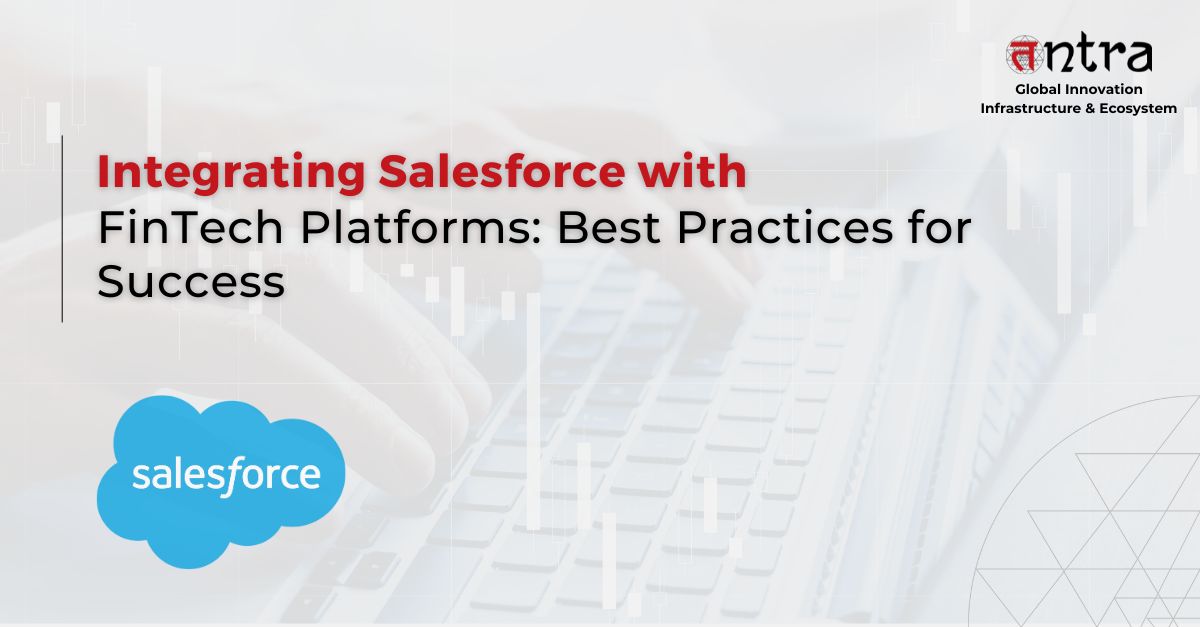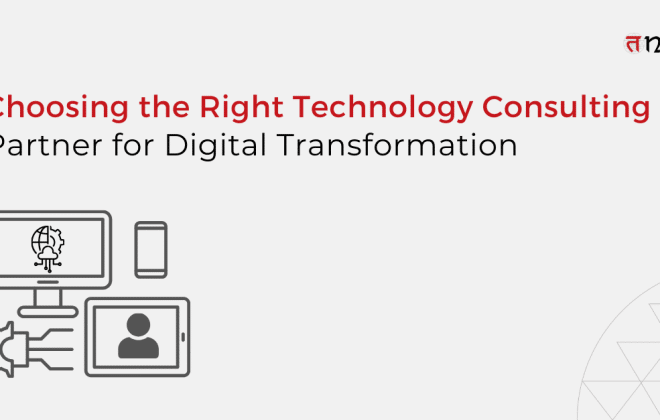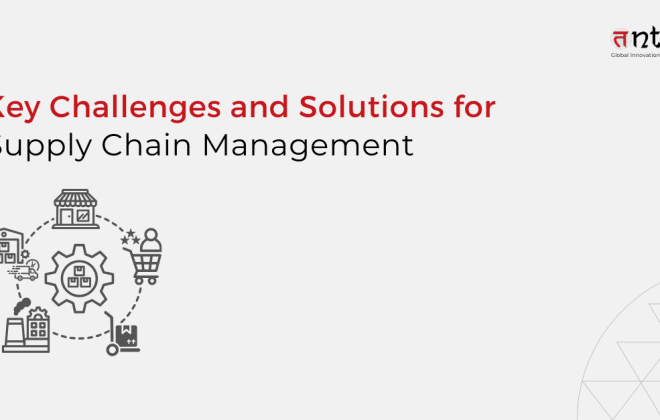
Integrating Salesforce with FinTech Platforms: Best Practices for Success
Table of Contents
ToggleIntegrating Salesforce with FinTech platforms can drive operational efficiency, improve customer experiences, and streamline financial processes. By defining clear objectives, choosing the right integration method, prioritizing security, and testing thoroughly, businesses can successfully integrate these two powerful systems. This seamless connection enables real-time data syncing, enhances decision-making, and ensures compliance with regulations. Continue reading to learn more.
In the past, Kotak’s lead management, loan origination, and service procedures were dispersed over numerous spreadsheets, emails, and antiquated systems because of no proper CRM in FinTech. Teams found it challenging to locate data when processing loans as a result. Additionally, Transforming FinTech through Salesforce enabled a unified customer experience. Clients could now transition smoothly between chat, phone, or email interactions, ensuring continuity and enhancing satisfaction. Salesforce’s robust CRM capabilities revolutionized Kotak’s FinTech operations, driving better outcomes.
Kotak has streamlined the entire loan origination process using Salesforce CRM Solutions for the FinTech Industry. By implementing Salesforce for FinTech, they now provide a single platform for tracking and managing loans. This platform enables relationship managers, direct selling agents (DSAs), online partners, and even clients to collaborate effectively.
With strategies for effective salesforce fintech integration, Kotak has significantly enhanced operational efficiency and improved customer experience. By leveraging salesforce integration in finance, they have ensured that loan management is seamless and transparent for all stakeholders. This success has been driven by the implementation of salesforce CRM for fintech industry solutions, as well as the adoption of salesforce financial services cloud solutions, resulting in greater operational efficiency and improved customer satisfaction. Optimizing fintech with salesforce has enabled Kotak to better meet the evolving needs of their clients while transforming FinTech through Salesforce.
Salesforce consulting services and interfaces with a number of databases and systems at the backend to confirm the customer’s KYC information and creditworthiness. The outcomes are fed back into Salesforce, where a business rule engine either starts further processing for large loans or automated credit decisioning and approvals for small loans.
(Source: Salesforce)
Salesforce in Finance: A Growing Need
According to a recent Salesforce study, a significant portion of consumers have changed banks (25%), insurance companies (35%), and wealth managers (34%), just in the last 12 months. The study suggests that digital experience and compassionate care may be the answers.
Salesforce’s revenue increased at a compound annual growth rate (CAGR) of 32.10% from 2005 to 2024, from $176 million to $34.9 billion. With an average compound annual growth rate (CAGR) of 18%, Salesforce is predicted to hit the $50 billion revenue milestone by 2026.
Best Practices for Salesforce in FinTech
In today’s fast-paced financial world, delivering seamless real-time access to customer data, financial insights, and operational efficiency is paramount. Salesforce solutions for FinTech have become the backbone of many organizations, driving innovation and operational excellence. Salesforce, a market leader in customer relationship management (CRM), plays a pivotal role, particularly in the rapidly growing FinTech sector.
While Salesforce Integration for FinTech Growth may appear challenging, leveraging Salesforce Expertise for FinTech Modernization ensures a streamlined and effective approach. With the right strategies, organizations can achieve accelerated process productivity and enhanced customer experiences, truly Driving FinTech Innovation with Salesforce.
Here are the best practices for successful salesforce and fintech integration to ensure seamless implementation and maximum value:
1. Clarity of Objectives
- Before you start bringing anything together, appreciate that there is merit in defining what you want the outcome to be. Automate manual processes; gain better insights of customer behavior; enhance financial data management-that’s why you’re doing this. Articulation as you embark on your program is great and can quickly take you to the most appropriate pieces of data that could flow between Salesforce and your FinTech platform such as customer financial transactions or account balances, loan data, etc.
2. Choose the Appropriate Approach to Integration
- Among the other variations, point-to-point integration, utilizing either middleware tools such as MuleSoft or third-party services, like Zapier, can also further integrate Salesforce development services with FinTech platforms. Whichever approach is most suitable for your business is determined by the size of your business, the complexity of your FinTech-based platform, and the volume of your data. There are native integrations to some of the most popular financial services platforms directly offered by Salesforce. Those can help make the process easier and reduce demands on custom coding requirements.
- API-Based Integration: For more sophisticated and simple requirements, the best route is through APIs. Salesforce and most FinTech app development services provide powerful APIs that one can develop very well customizing data exchange on, of course, with deep knowledge of data structures as well as security protocols on both sides.
- Third-Party Middleware: If building from scratch is out of the question, then middleware can be a gap-tooth filler between your CRM and FinTech. This can dramatically cut down on development time and even provide connectors for common integrations as well.
3. Data Safety and Regulatory Compliance
- And, security is never a feature of choice in finance. In fact, with modern regulations such as GDPR and CCPA, and industry-specific standard guidelines like PCI-DSS, handling of customer data should be secure. Thus, ensure to have encrypted ways for authentication through multi-factor authentication and through secure APIs for sensitive financial details while integrating your FinTech app development solutions with Salesforce.
- Finally, ensure your integration is compliant with any financial regulations applicable to your location or sector. This can sometimes mean special data storage or access protocols to keep it out of unauthorized hands.
4. Provide Live Data Synchronization
- Another related benefit for the integration of Salesforce with FinTech systems is real-time data syncing between the two. This helps ensure that sales teams, customer service representatives, and financial analysts have up-to-date information at their fingertips. For instance, a loan officer could see in Salesforce a customer’s history of recent payments. This would help in more accurate assessments of the customer’s credit and better services to the customer.
- However, to achieve this seamless experience, you’ll need a reliable data synchronization strategy. Determine whether your integration should operate on a push or pull basis and how often data should be refreshed. Too much delay in data syncing can defeat the purpose of real-time insights.
5. Test, Retest, and Retest Again
- Integration projects can surprisingly come up with problems ranging from data mismatches to system slowdowns. It thus requires thorough testing. Smaller test cases have to be conducted, mimicking real-life scenarios to ensure that integration would actually work as expected. Involving stakeholders from the teams of FinTech and Salesforce during testing helps identify issues early on and prevents major pain points.
6. Monitor and Optimize
- Once the integration goes live, it should be monitored continuously for its performance. Salesforce and FinTech platforms keep on changing so updating the same and conducting periodic performance checks will ensure that your integration adequately addresses the business needs. In addition, collection of feedback from the teams utilizing the integration will help find out how much further the integration can be optimized.
Optimizing Salesforce for FinTech Platforms: Key to Competitive Advantage
Integration with Salesforce doesn’t have to be a complex challenge. Revolutionizing FinTech via Salesforce requires clear objectives, prioritizing security, utilizing the right tools, and thorough testing and optimization. These steps unlock advanced FinTech capabilities with Salesforce, enhancing operations, improving decision-making, and ultimately boosting customer satisfaction. Leveraging CRM for financial services and collaborating with the right Salesforce Partner FinTech Solutions providers can give organizations the competitive edge they need in the fast-evolving financial technology landscape. Getting it right isn’t just about convenience; it’s about staying ahead in a highly competitive market.
Tntra, leading software product engineering company, can help you leverage the power of Salesforce to improve your operations.





